By his own admission, Ian Harland is a fortunate man. A passionate photographer and outdoor sport enthusiast, he’s able to earn a living by combining the two. We caught up with Ian recently to talk about his work, and his experience working on the campaign imagery for the APS-C size/DX format Nikon Z50II mirrorless camera.
Ian has been captivated by the power of photography since he was a child. His creative journey started at 14 years old, when his aunt gifted him a Nikon D70 DSLR, but it was joining a young birders club in Vancouver that really supercharged his interest in both photography and nature, crediting those early experiences, camera in hand, with “helping me see the world in a new light.”
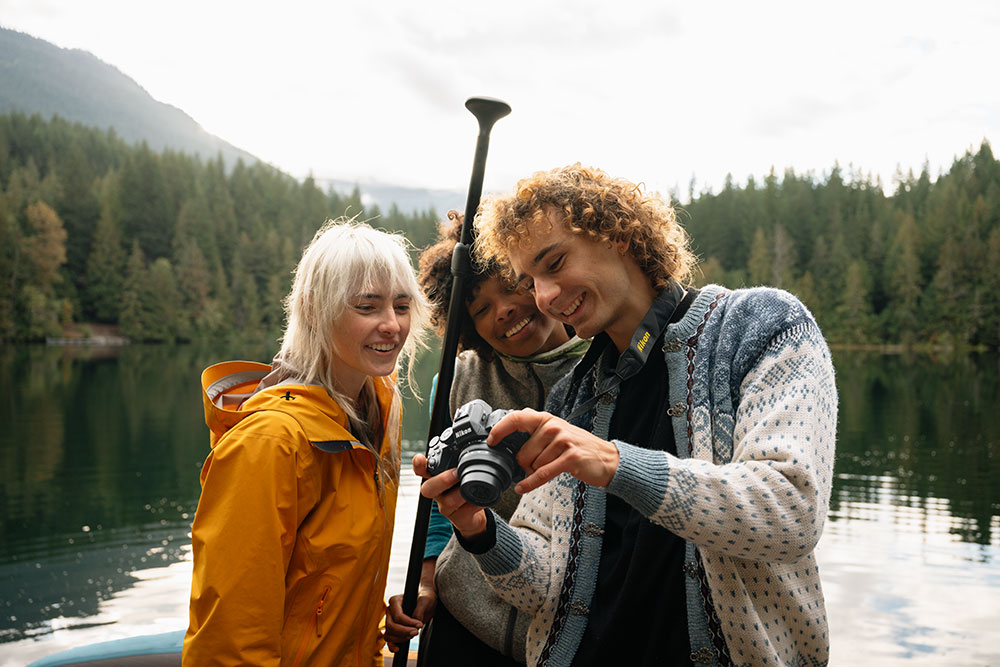
And he hasn’t stopped adventuring since, saying: “I’m the type of photographer who loves an assignment. Some of my most fulfilling projects have been stories with themes of adventure and wildlife. When I feel like there’s a greater purpose for my work, that’s when I really thrive.”
Unsurprisingly for someone who spends so much time in remote places and roped up on the side of mountains, when it comes to gear, Ian’s main criteria are size and weight. Ian learned the lesson that sometimes, smaller = better after an experience in the Yukon, several years ago, photographing Ptarmigan [birds]. “My kit consisted of two full-frame camera bodies, one with a 70–200mm f/2.8 lens and one with a large 500mm f/4. While it was excellent, I kept looking over at my friend, who had a one-camera setup, and a compact telephoto zoom that was much more practical.”
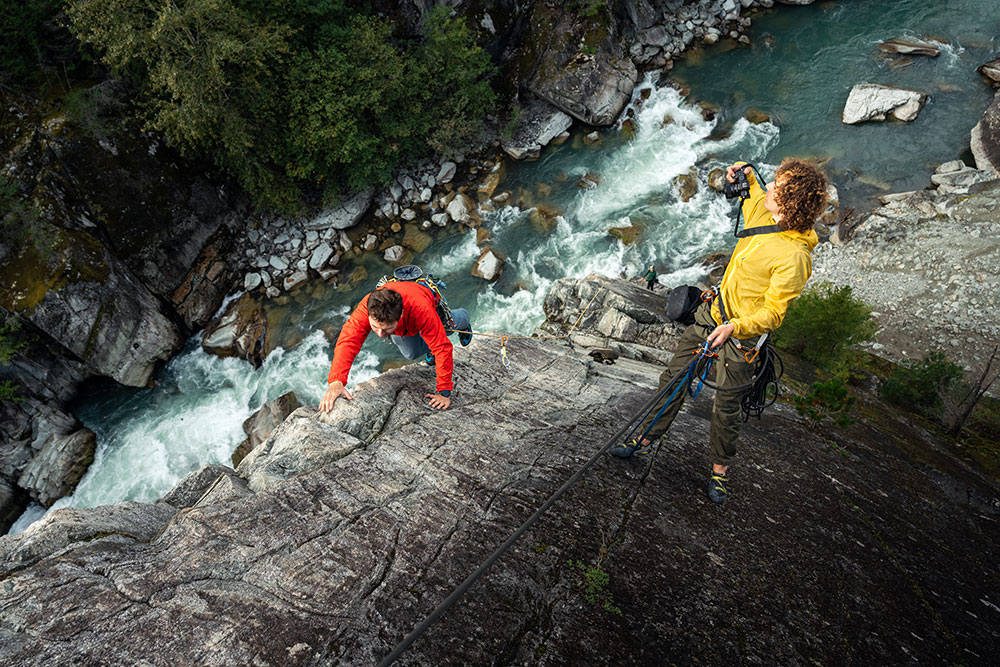
Another “Aha” moment came with the release of the Nikon Zfc—an APS-C sized/DX format mirrorless camera that offers a combination of excellent image quality and small size and weight. Ian explains the evolution of his thinking, from big and bulky to “small and unobtrusive.”
“For a long time, I believed professional photographers always needed the most advanced gear, but that mindset often discouraged me from bringing my camera on personal adventures or into everyday life. The gear felt too bulky, heavy, and drew unnecessary attention. In contrast, the Zfc is an accessory to my daily life—it’s perfect for personal trips and spontaneous shoots where a larger camera might make people feel less natural.”
The Z50II inherits the size and weight benefits of the Zfc, but adds an EXPEED 7 processor, shared with Nikon’s professional models. This unlocks a powerful suite of features including advanced 9-subject autofocus detection.
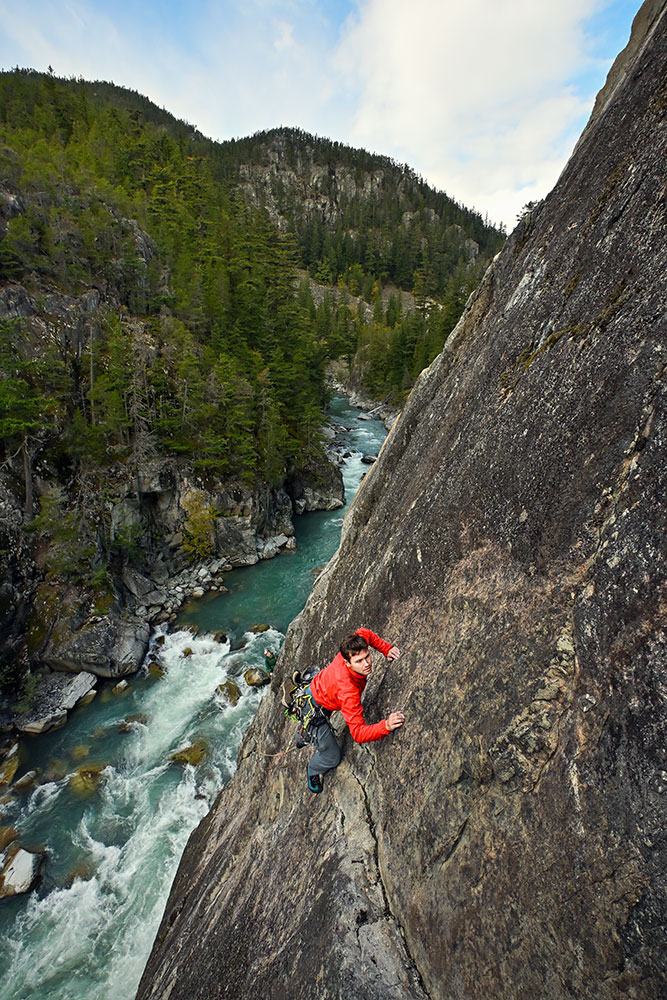
For the launch of the Z50II, Ian created an incredible set of images showcasing the new camera’s portability. These include vertigo-inducing shots of mountain climbing and highlining, along with environmental portraiture from a paddleboarding expedition and aquatic wildlife.
Ian told us how he prepared for the assignment, explaining that shooting adventure sports “forces me to plan differently because I don’t get to enjoy the same freedom of movement compared to other types of shoots. This means that I often need to have a specific composition in mind before the shoot begins, and then when everyone is in the right place, the decisive moment happens.”
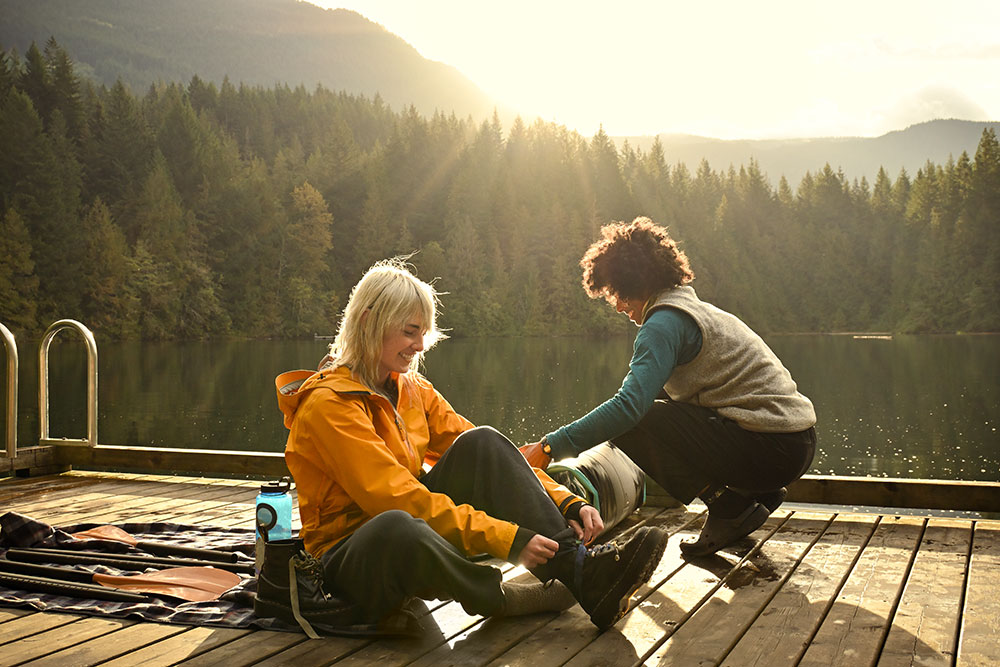
Of course, with jobs like this, safety is always the number one priority.
“If anyone on the shoot doesn’t feel like something is safe then we don’t do it. With highlining and climbing, it’s important to do a “buddy check” to ensure anyone exposing themselves to heights has tied into ropes properly.”
On top of safety, when it comes to working with models, Ian stresses the importance of being present.
“The photographer has the power the shape the vibe of the shoot, and as soon as a shot is over-produced and rigid, it often loses its magic. With lifestyle photography, I often direct through moments and activities or talk with the subjects while shooting, to bring out the authentic emotion needed to create a powerful photo.”
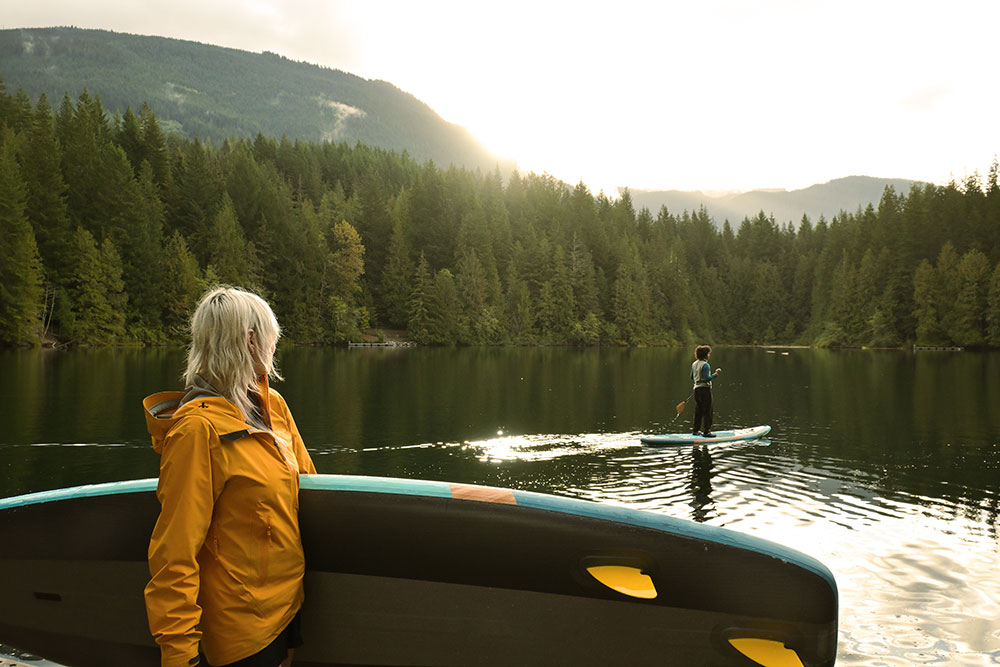
Given the challenges of balancing communication with his subjects and working in such extreme situations, Ian likes to keep it simple with his settings.
“Aperture priority works fantastically nearly every time. Wide aperture for a blurred-out background and low light situations, and a small aperture when I want a deeper depth of field. I shoot in .NEF (RAW) mode so I have plenty of latitude to adjust the images in post, if necessary. If I need exposure to be constant, or if I’m working with off-camera lighting, I’ll shoot in manual exposure mode.”
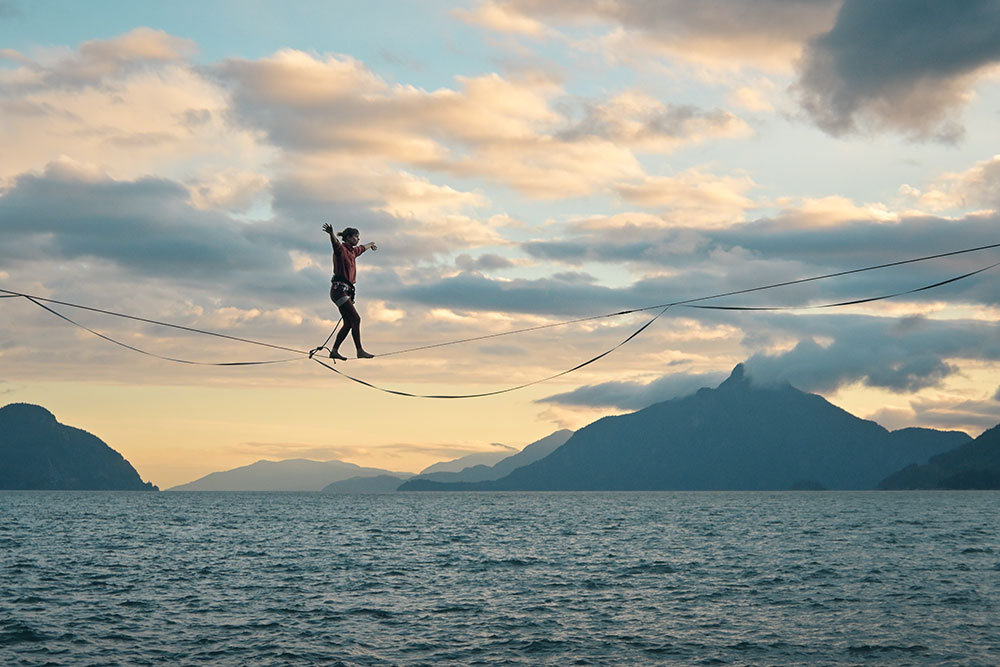
We ended the conversation by asking Ian what advice he’d give to any prospective outdoor and adventure photographers who might be inspired by his example.
“The most powerful way to get better at something is by going out and doing it frequently. You don’t need the fanciest gear, expensive locations, or professional athletes. Start off with what you have nearby. If you want to photograph people, begin by photographing friends or reach out to the community you are interested in photographing. Take as many pictures as possible and study the work of photographers you admire but minimize social media!”
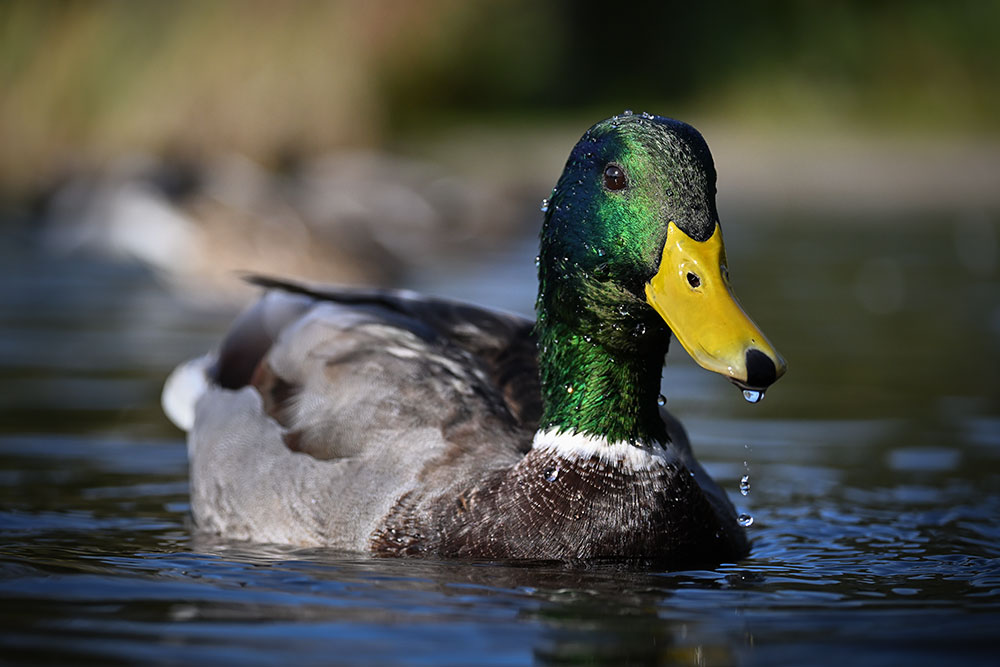
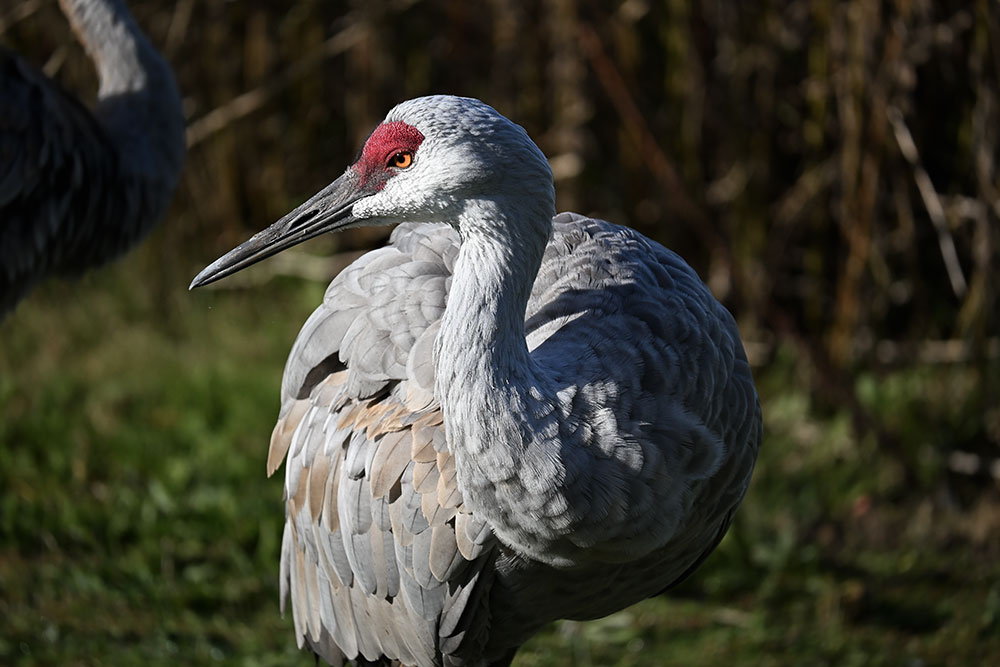
A healthier alternative to Instagram? “Check out some photography books from your local public library.”
